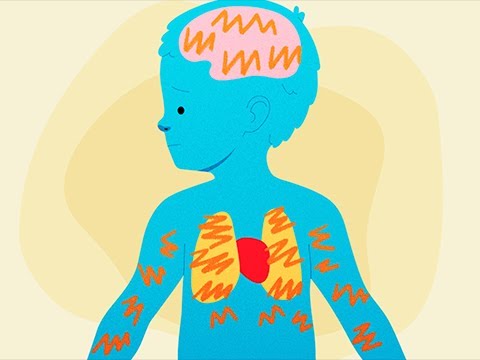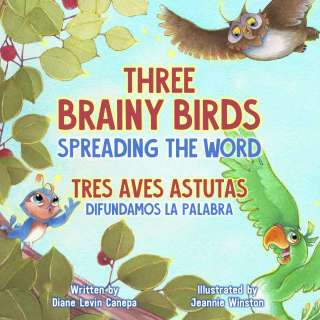Accidents and emergencies can happen any time, and being prepared is the best thing you can do as a parent. Here you’ll learn specific ways to plan ahead to keep your family safe.

Emergency Planning
Regardless of the number of safety measures you take, it’s impossible to prevent every accident. That's why it is so important to be prepared for emergencies.
Program emergency numbers in your phone, like the California Poison Control toll-free hotline at 1-800-222-1222.
Install smoke detectors and carbon monoxide detectors in your home – it is California law.
Keep extra supplies of food, water, formula, diapers, and baby clothes in a backpack or a box in your home and car.
Keep a first-aid kit and fire extinguisher in an easily accessible place in your home; show babysitters and caregivers where these supplies are located.
Plan a fire escape route and practice it with your family.
Practice earthquake drills with your family.
First Aid Kit
As much as you try to keep your child safe, accidents will happen. Bumps, bruises, and scrapes are a normal part of a child's early years as he explores the world around him. Be ready for an emergency by preparing a first aid kit. Store it in a place that's out of your child's reach, but easily accessible for adults. Have one in your home, car, and any other place you may be when an injury might happen. Don't forget to tell a babysitter or other caregiver where you've placed the kit in your home. You may also want to keep another first aid kit in your car.
Your first aid kit should include:
Bandages of all sizes
Antibiotic ointment
Antiseptic wipes
Gauze & compress dressing
Scissors
Adhesive cloth tape
Instant cold compress
Gloves
Tweezers
Blanket
Hydrocortisone ointment packets
Thermometer
Pain and/or fever-reducing medicine
CPR
CPR (or cardiopulmonary resuscitation) can save a child’s life by restoring blood flow and breathing. Many people have saved a child's life by doing CPR.
Images: American Red Cross
The best way to learn CPR is by taking a class through the American Red Cross or your local hospital. Encourage all family members who take care of your baby to also get appropriate CPR training.






